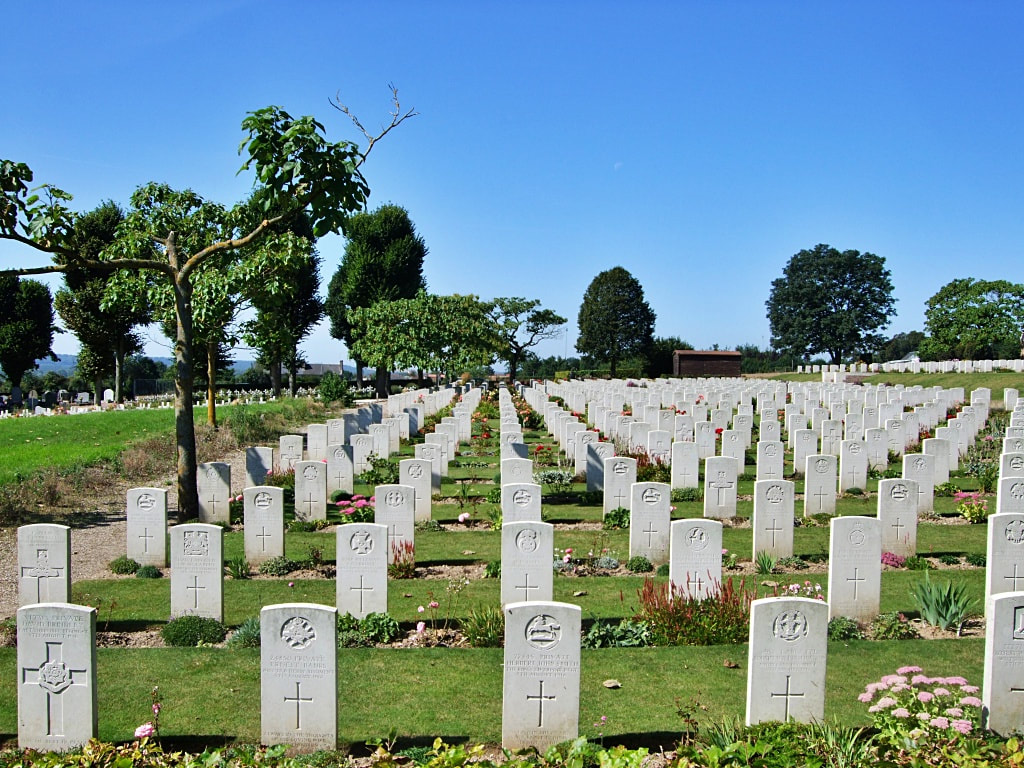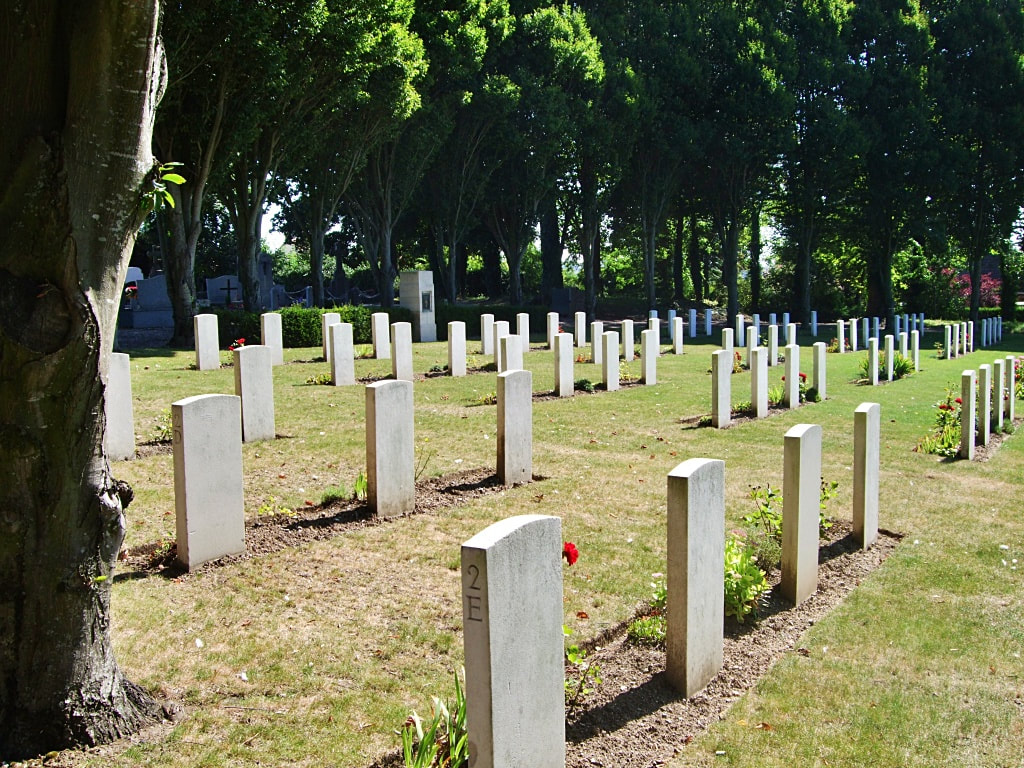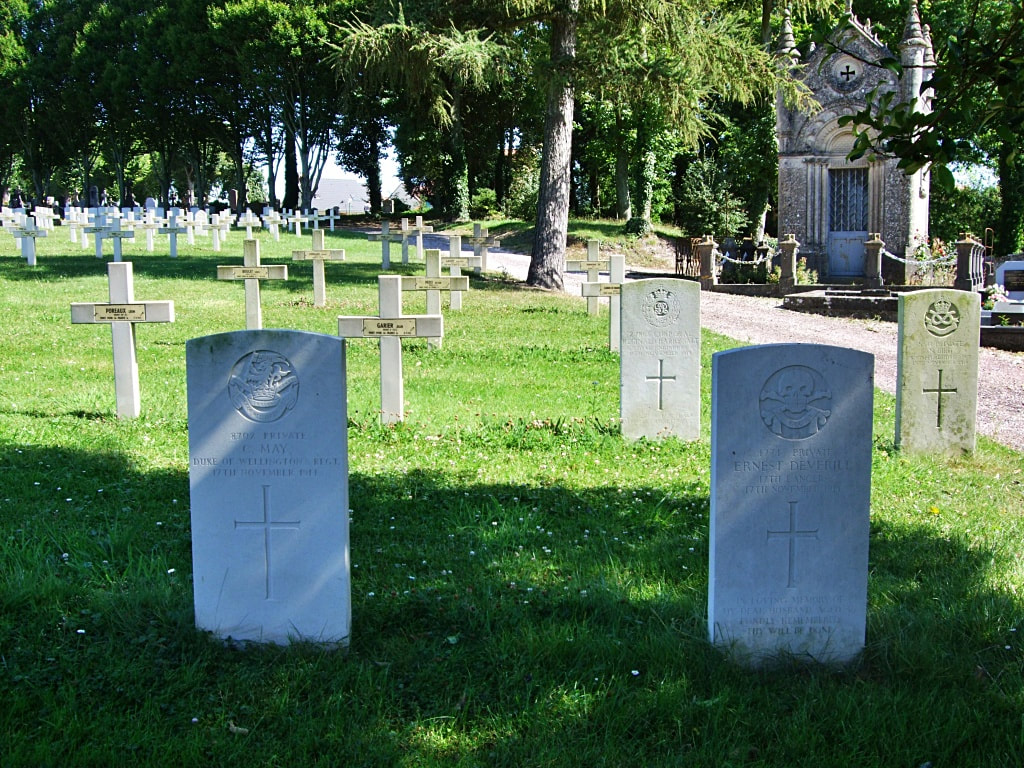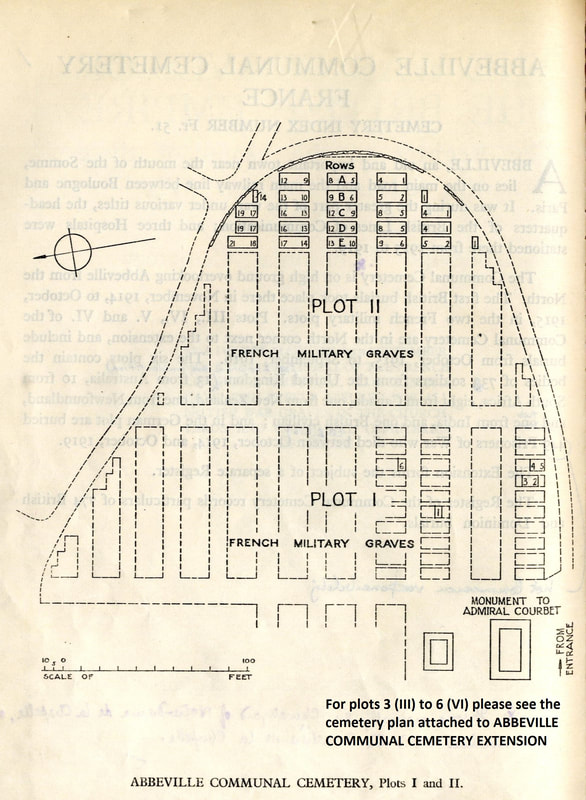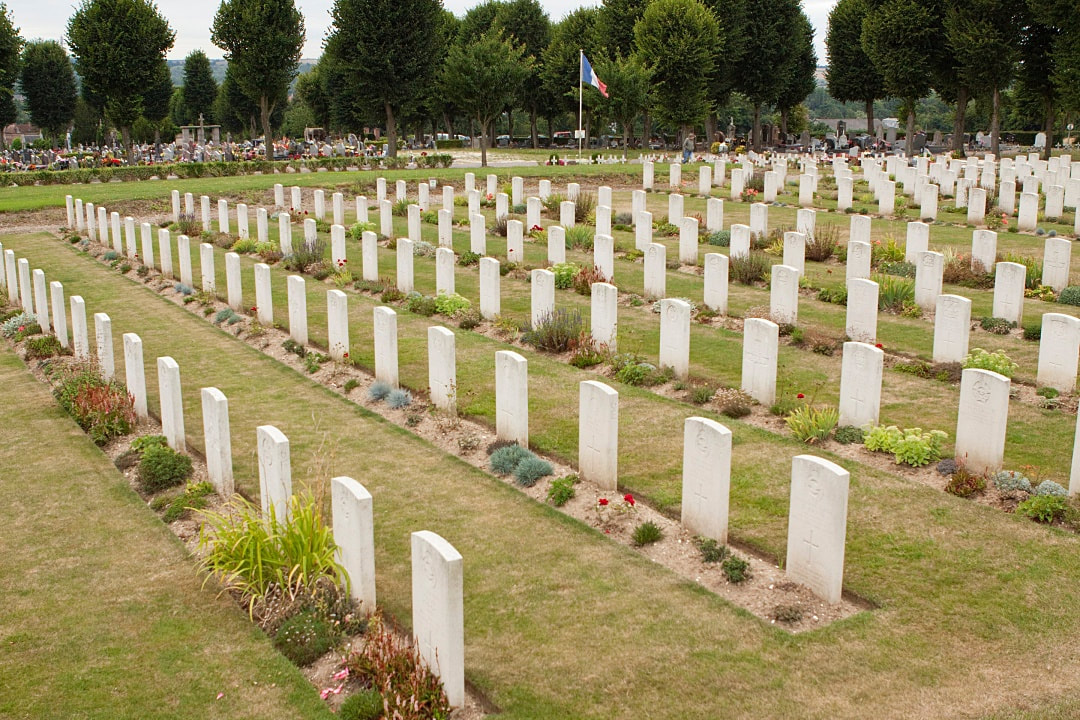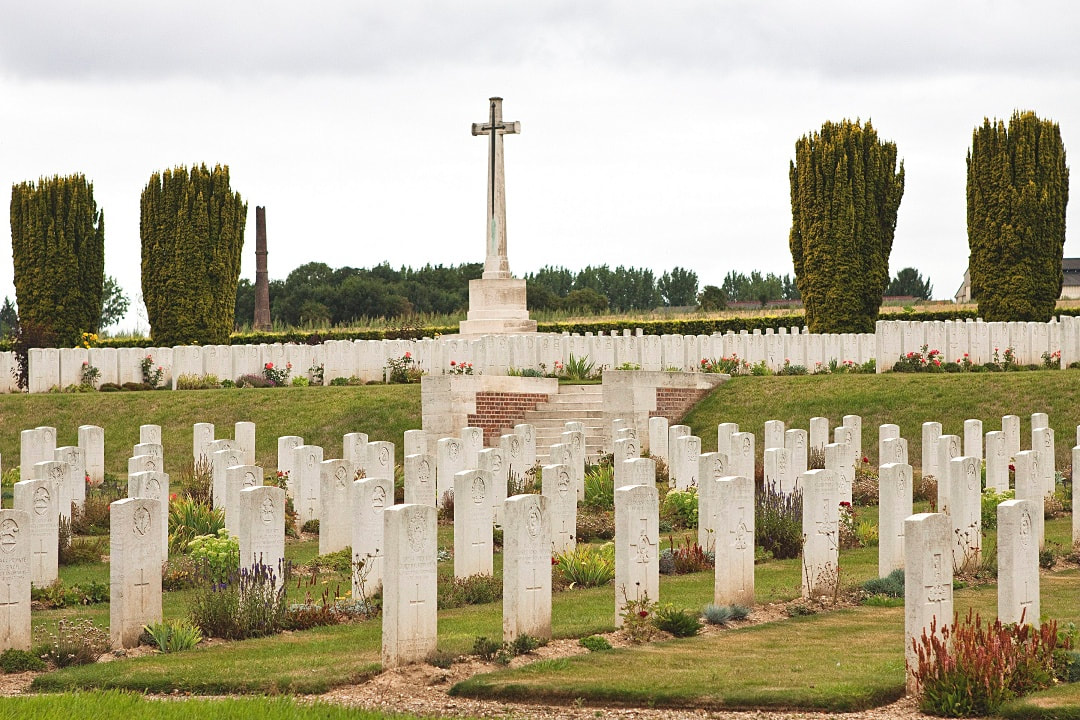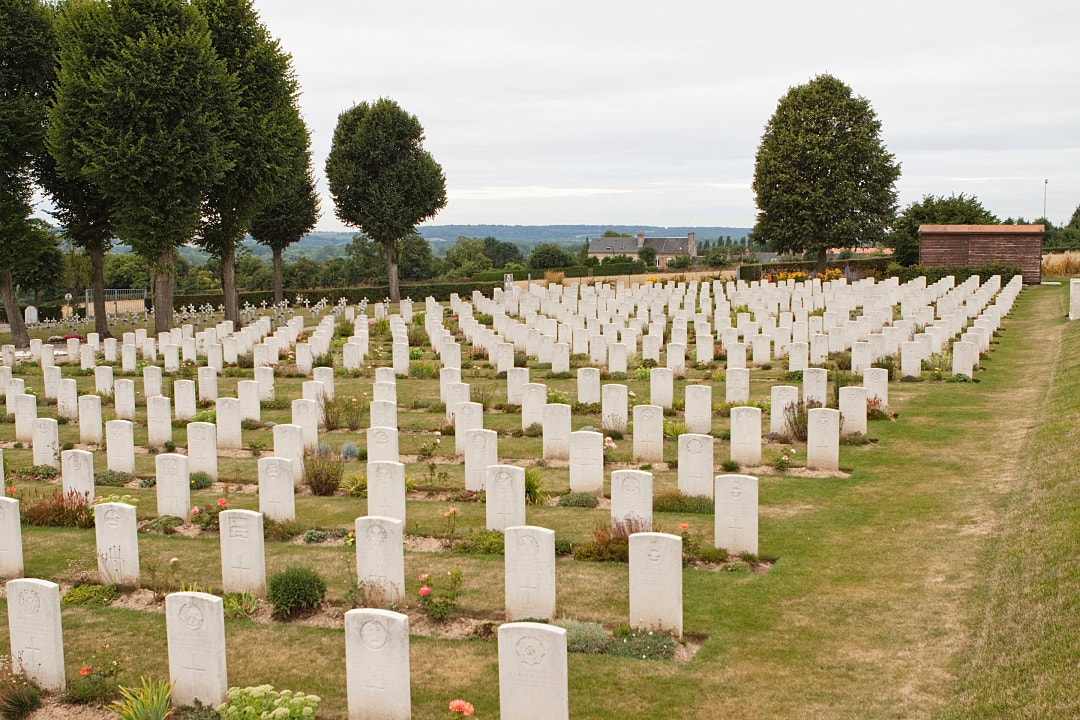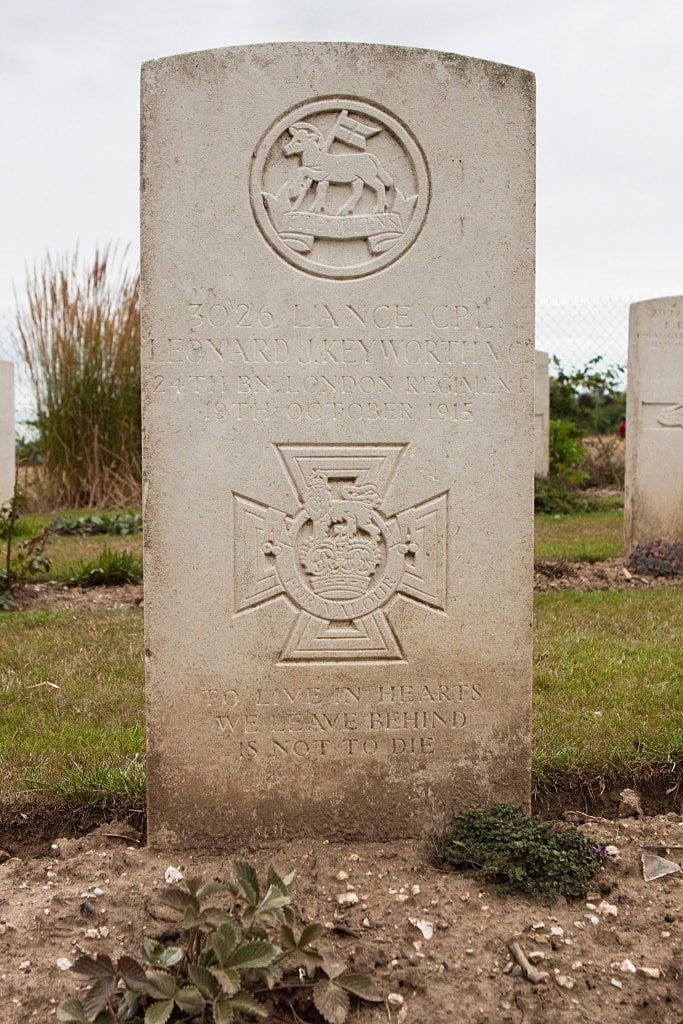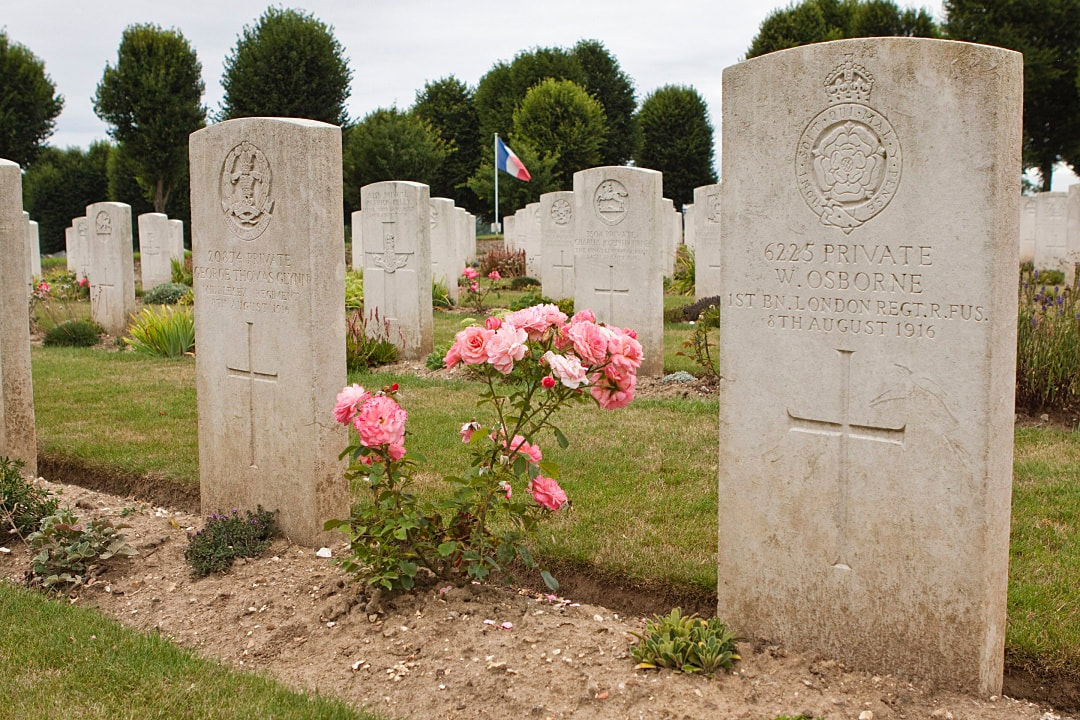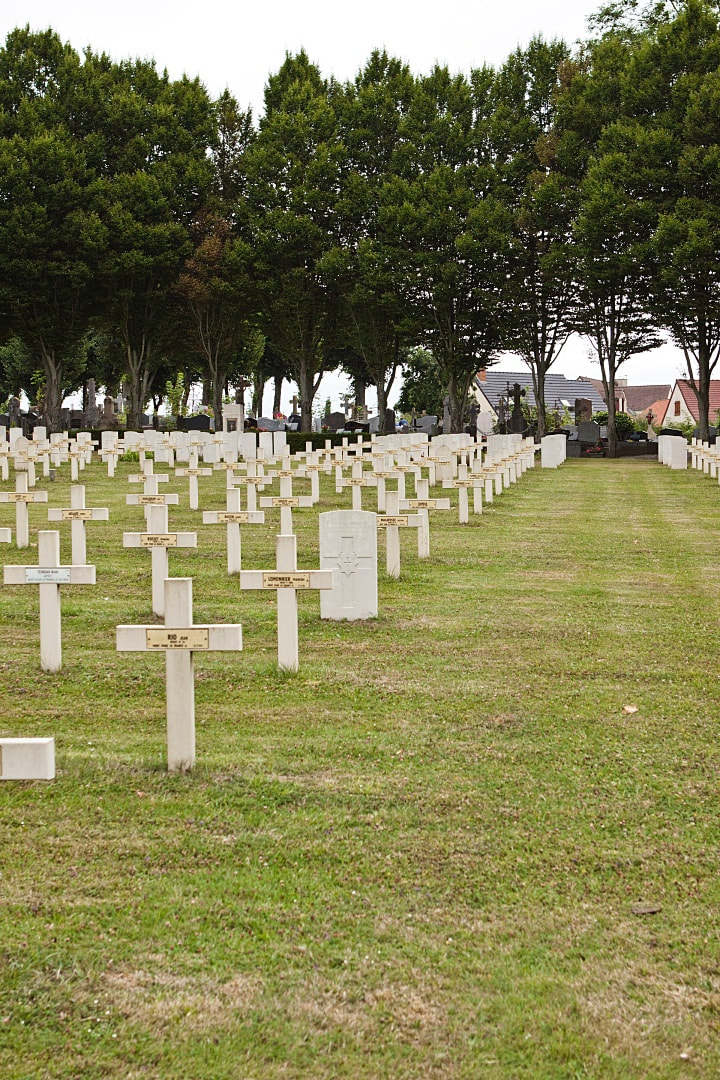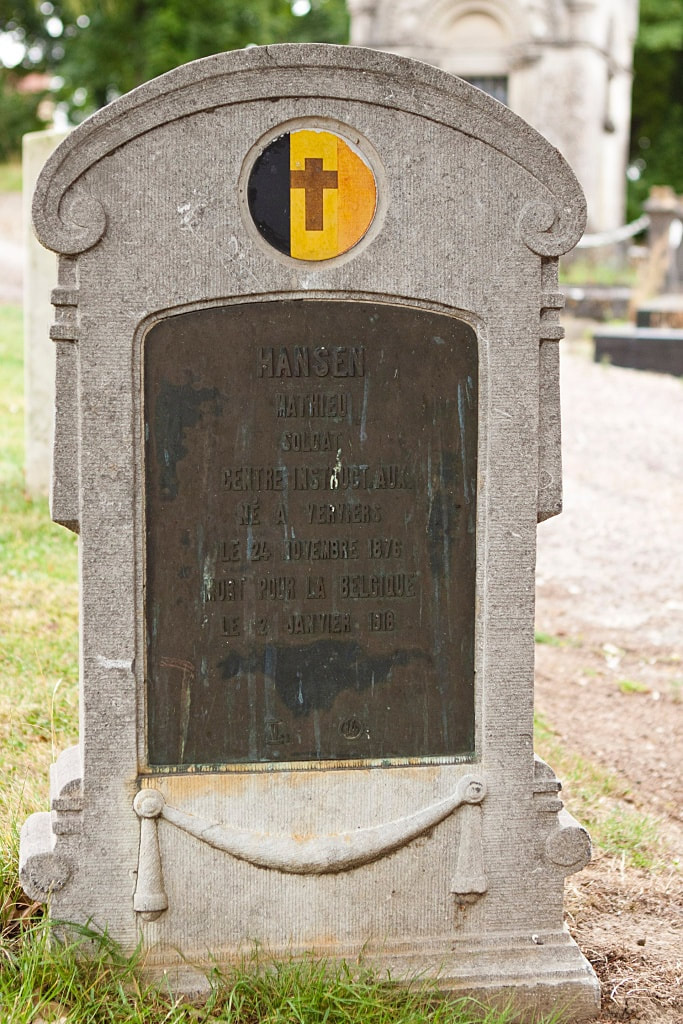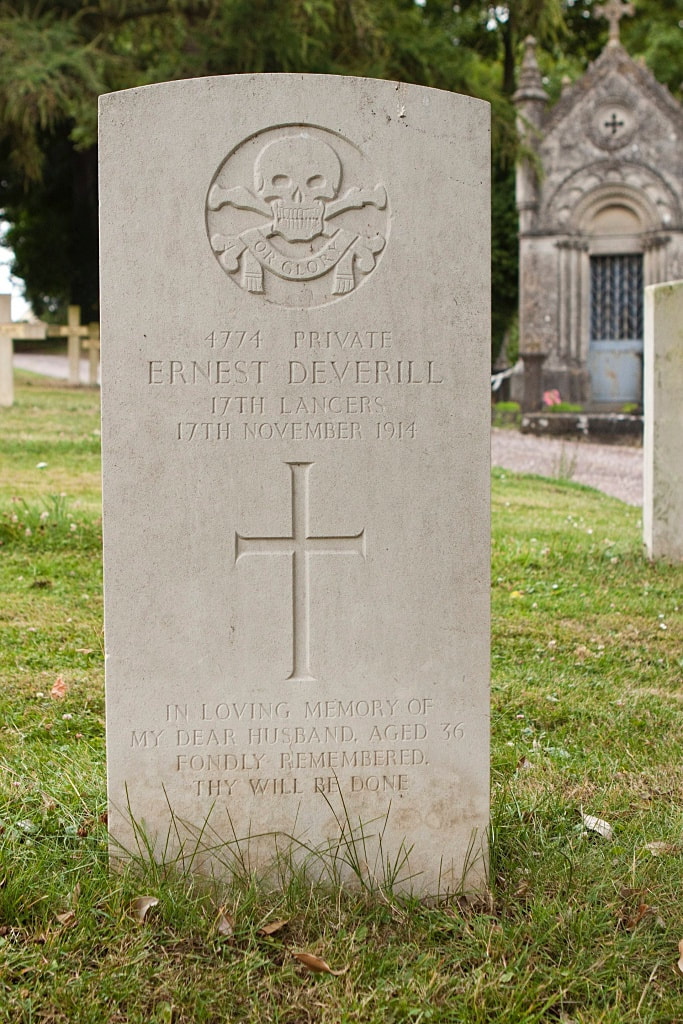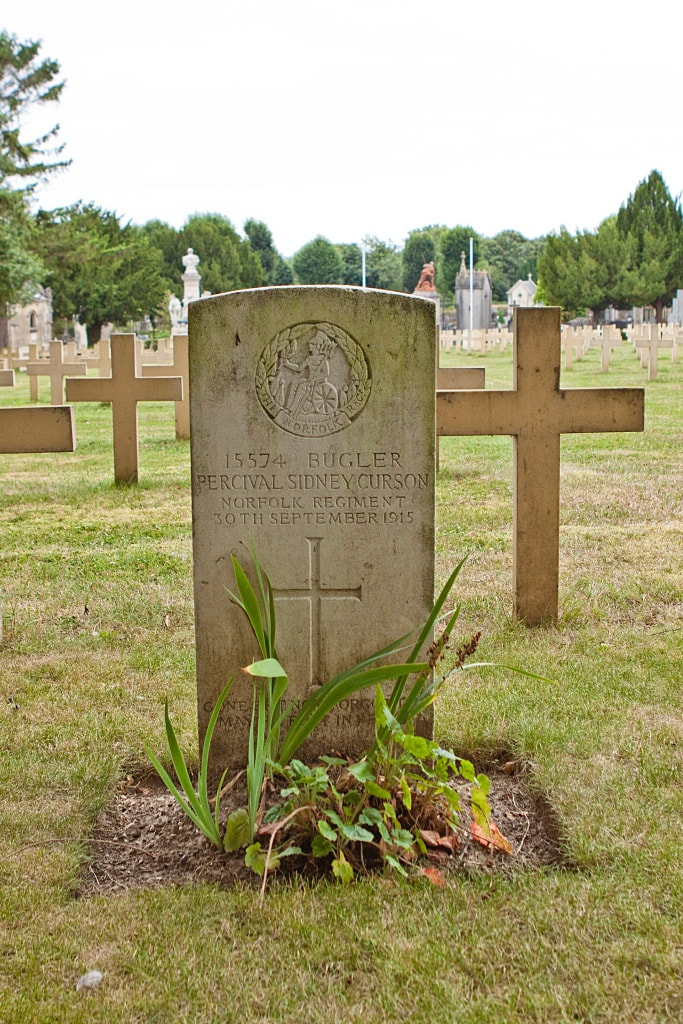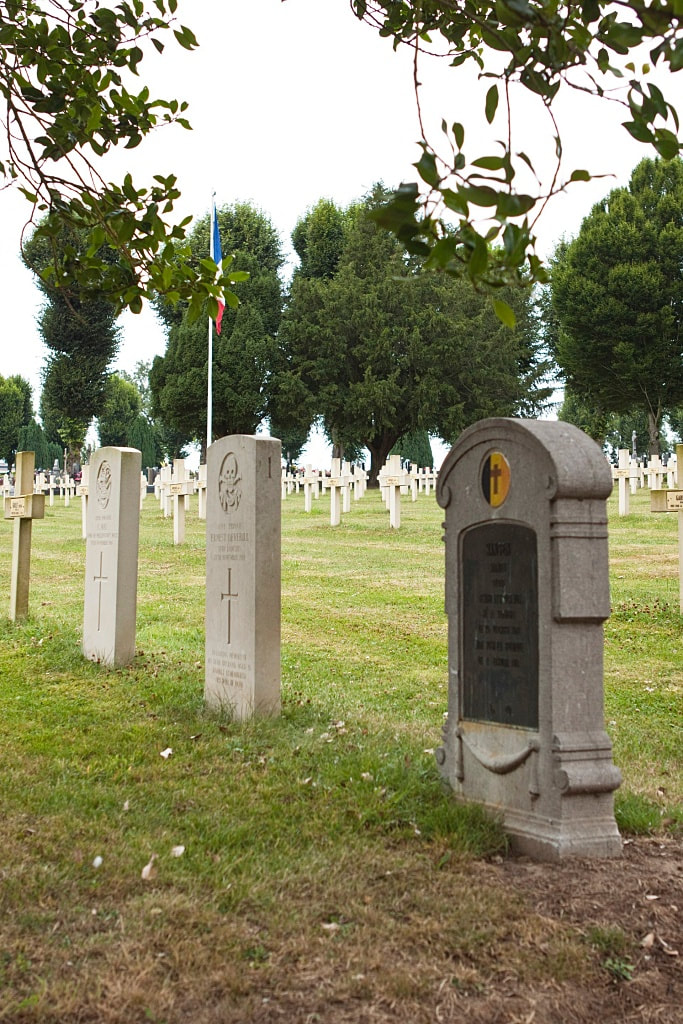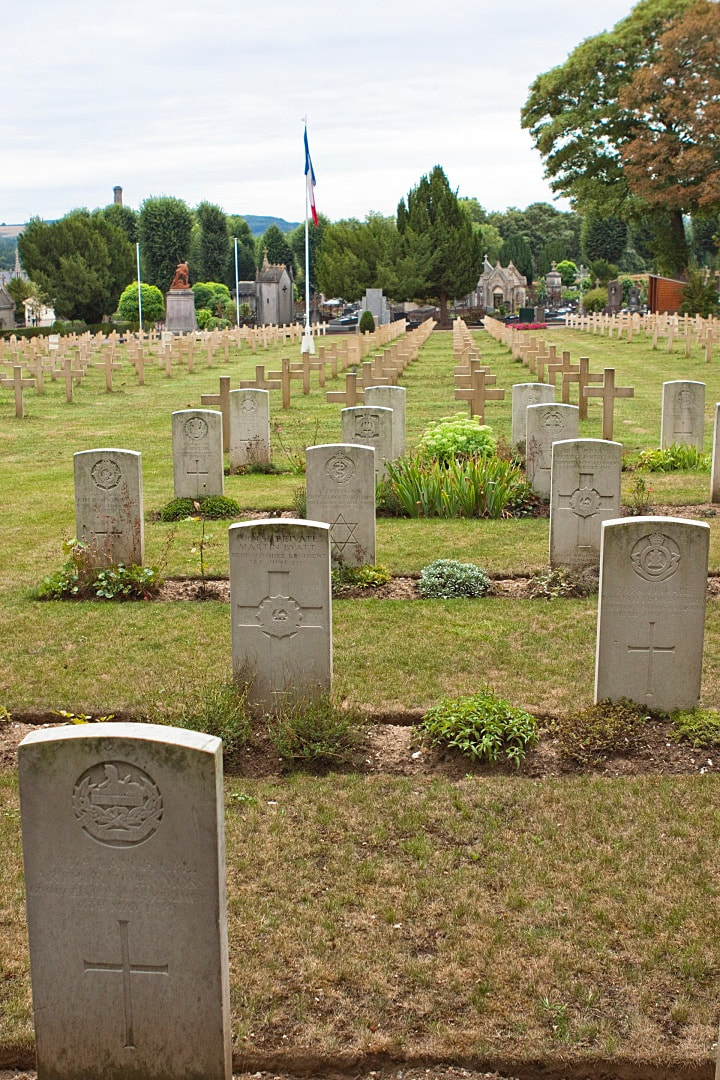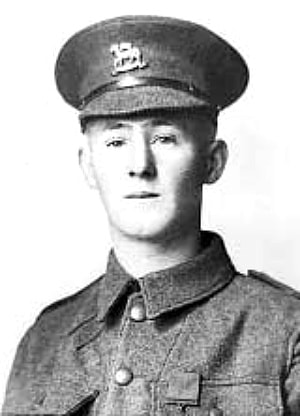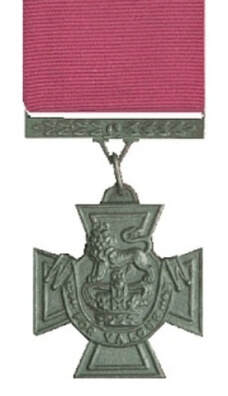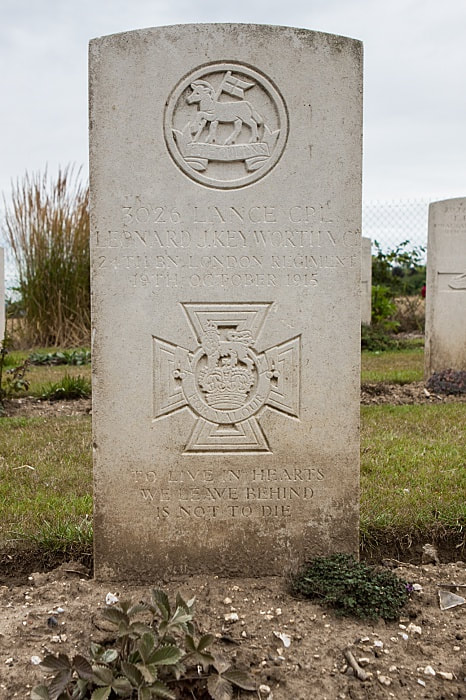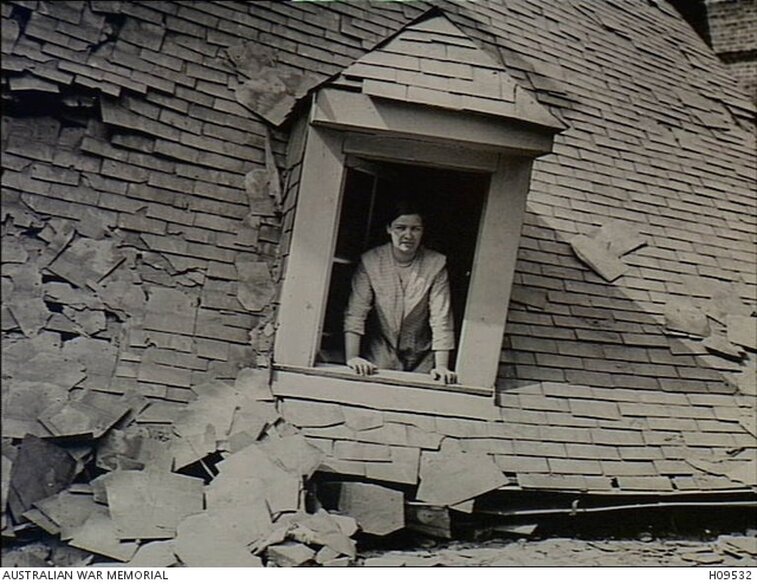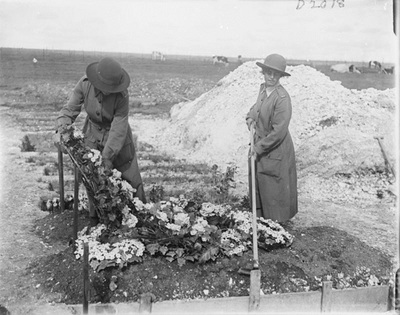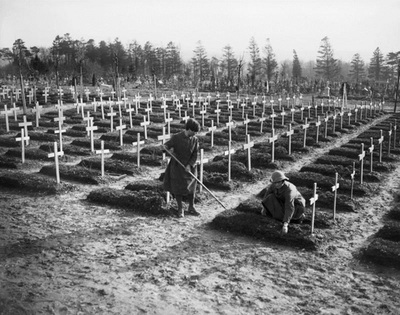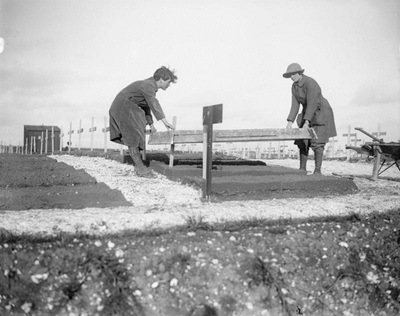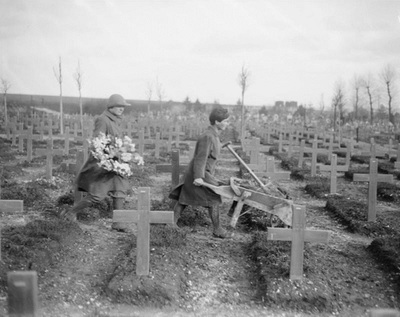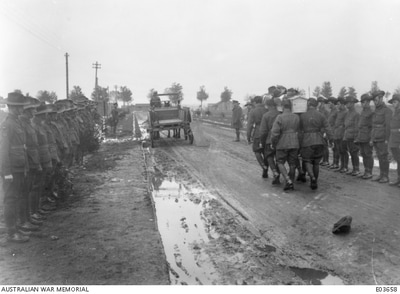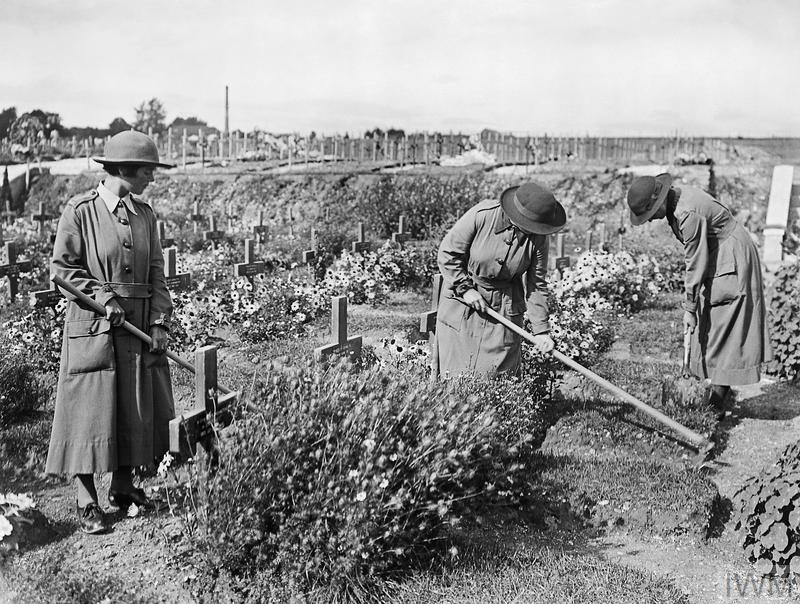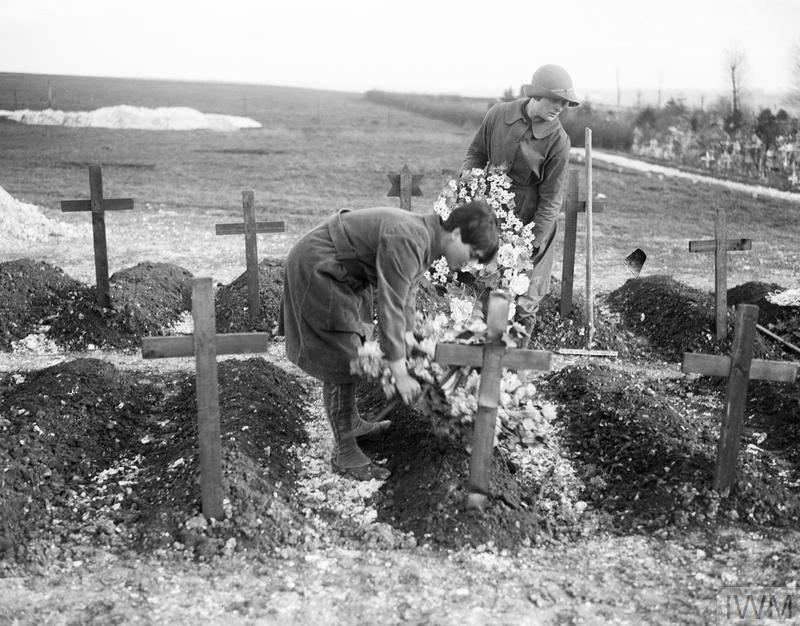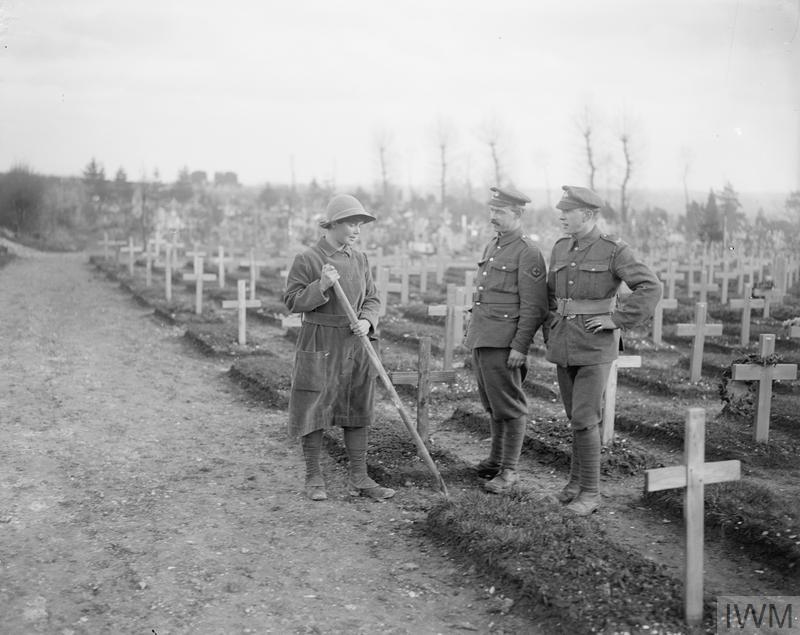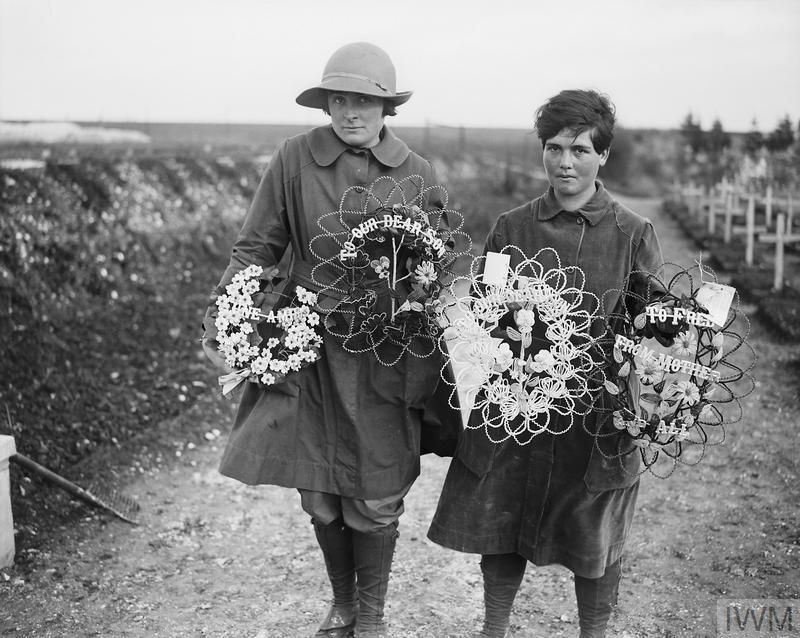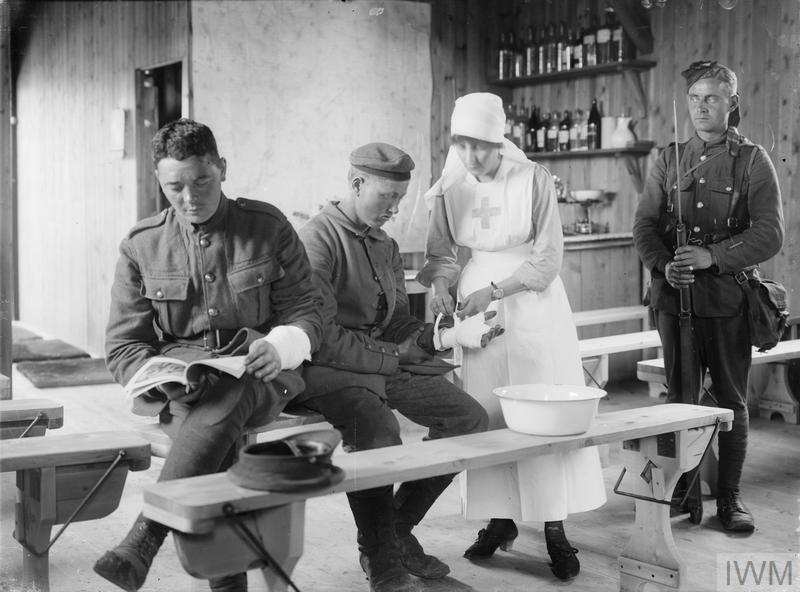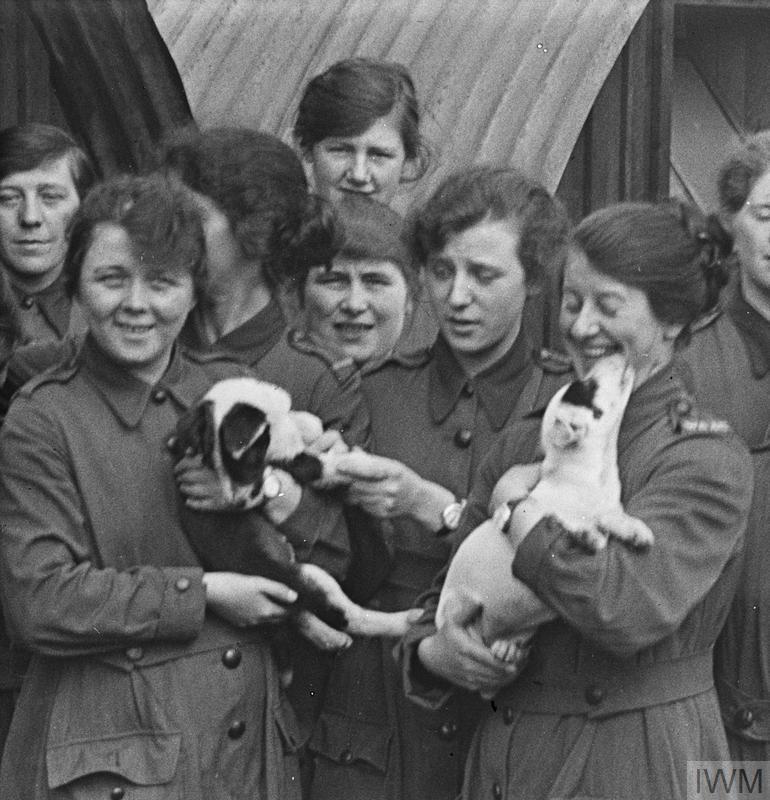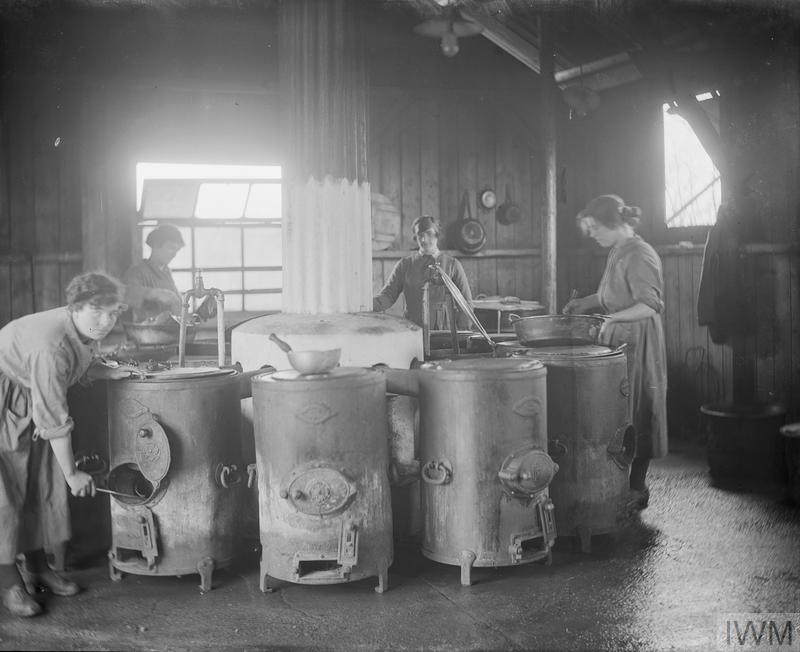ABBEVILLE COMMUNAL CEMETERY
Somme
France
GPS Coordinates - Latitude: 50.11773, Longitude: 1.83125
Location Information
The town of Abbeville is on the main road from Paris to Boulogne (N1), about 80 kilometres south of Boulogne. The communal cemetery and Communal Cemetery Extension are located on the left hand side of the road when leaving the town in a north-east direction for Drucat.
CWGC direction signs will be found within the cemetery. Enter the Communal Cemetery by the left hand side main gate and follow CWGC signs within the Cemetery.
Visiting Information
Opening hours from 1st April to 30th September Monday to Sunday : 8.30 to 19.00
Opening hours from 1st October to 31 March Monday to Sunday : 8.30 to 17.00
Visitors should be aware that there are Plots 3, 4, 5 & 6 in both the Communal Cemetery and the Communal Cemetery Extension. Those in the Communal Cemetery will be found in the upper terrace.
Historical Information
For much of the First World War, Abbeville was headquarters of the Commonwealth lines of communication and No.3 BRCS, No.5 and No.2 Stationary Hospitals were stationed there variously from October 1914 to January 1920. The communal cemetery was used for burials from November 1914 to September 1916, the earliest being made among the French military graves. The extension was begun in September 1916.
During the early part of the Second World War, Abbeville was a major operational aerodrome, but the town fell to the Germans at the end of May 1940. On 4 June, an attempt was made by the 51st Division, in conjunction with the French, to break the German bridgehead, but without success. Towards the end of 1943, eight large ski shaped buildings appeared near Abbeville. These proved to be storage units for flying bomb components an they were heavily bombed by Commonwealth air forces. Abbeville was retaken on 4 September 1944 by Canadian and Polish units.
Abbeville Communal Cemetery contains 774 Commonwealth burials of First World War and 30 from the Second.
Total Burials: 804.
World War One Identified Casualties: United Kingdom 737, Australia 13, South Africa 10, Canada 9, India 2, New Zealand 1. Total 737.
World War One Unidentified Casualties: 37.
World War Two Identified Casualties: United Kingdom 16, Canada 6, New Zealand 2. Total 24.
World War Two Unidentified Casualties: 6.
Abbeville Communal Cemetery Extension contains 1,754 First World War burials and 348 from the Second.
Total Burials: 2,106.
World War One Identified Casualties: United Kingdom 1,373, Australia 227, Canada 109, New Zealand 33, South Africa 8, India 1. Total 1,751.
World War Two Identifed Casualties: United Kingdom 220, Canada 10, Australia 8, New Zealand 3, Poland 3. Total 244.
The Commonwealth sections of both cemetery and extension were designed by Sir Reginald Blomfield.
The town of Abbeville is on the main road from Paris to Boulogne (N1), about 80 kilometres south of Boulogne. The communal cemetery and Communal Cemetery Extension are located on the left hand side of the road when leaving the town in a north-east direction for Drucat.
CWGC direction signs will be found within the cemetery. Enter the Communal Cemetery by the left hand side main gate and follow CWGC signs within the Cemetery.
Visiting Information
Opening hours from 1st April to 30th September Monday to Sunday : 8.30 to 19.00
Opening hours from 1st October to 31 March Monday to Sunday : 8.30 to 17.00
Visitors should be aware that there are Plots 3, 4, 5 & 6 in both the Communal Cemetery and the Communal Cemetery Extension. Those in the Communal Cemetery will be found in the upper terrace.
Historical Information
For much of the First World War, Abbeville was headquarters of the Commonwealth lines of communication and No.3 BRCS, No.5 and No.2 Stationary Hospitals were stationed there variously from October 1914 to January 1920. The communal cemetery was used for burials from November 1914 to September 1916, the earliest being made among the French military graves. The extension was begun in September 1916.
During the early part of the Second World War, Abbeville was a major operational aerodrome, but the town fell to the Germans at the end of May 1940. On 4 June, an attempt was made by the 51st Division, in conjunction with the French, to break the German bridgehead, but without success. Towards the end of 1943, eight large ski shaped buildings appeared near Abbeville. These proved to be storage units for flying bomb components an they were heavily bombed by Commonwealth air forces. Abbeville was retaken on 4 September 1944 by Canadian and Polish units.
Abbeville Communal Cemetery contains 774 Commonwealth burials of First World War and 30 from the Second.
Total Burials: 804.
World War One Identified Casualties: United Kingdom 737, Australia 13, South Africa 10, Canada 9, India 2, New Zealand 1. Total 737.
World War One Unidentified Casualties: 37.
World War Two Identified Casualties: United Kingdom 16, Canada 6, New Zealand 2. Total 24.
World War Two Unidentified Casualties: 6.
Abbeville Communal Cemetery Extension contains 1,754 First World War burials and 348 from the Second.
Total Burials: 2,106.
World War One Identified Casualties: United Kingdom 1,373, Australia 227, Canada 109, New Zealand 33, South Africa 8, India 1. Total 1,751.
World War Two Identifed Casualties: United Kingdom 220, Canada 10, Australia 8, New Zealand 3, Poland 3. Total 244.
The Commonwealth sections of both cemetery and extension were designed by Sir Reginald Blomfield.
Images in gallery below © Werner Van Caneghem
3026 Lance Corporal, Leonard James Keyworth, V. C.
1st/24th Bn. London Regiment,
19th October 1915 aged 22.
Communal Cemetery, Plot III. C. 2.
Medal of St. George (2nd Class) of Russia.
Son of James and Emma Keyworth, of Lincoln.
His headstone bears the inscription "He Lives In Hearts We Leave Behind Is Not To Die"
Citation:
An extract from the "London Gazette," dated 2nd July, 1915, records the following:- "For most conspicuous bravery at Givenchy on the night of 25-26th May, 1915. After the assault on the German position by the 24th Battalion, London Regt., efforts were made by that Unit to follow up their success by a bomb attack, during the progress of which 58 men out of a total 75 became casualties. During this very fierce encounter Lance-Cpl Keyworth stood fully exposed for 2 hours on the top of the enemy's parapet, and threw about 150 bombs amongst the Germans, who were only a few yards away."
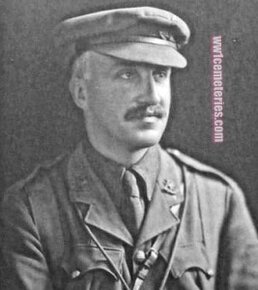
Major
John Pickard Becher, D.S.O., M.I.D.
8th Bn. Sherwood Foresters (Notts and Derby Regiment)
1st January 1916, aged 35.
Plot III. D. 14.
Son of the late John Henry and Alice Mary Becher, of Southwell, Notts.; husband of G. Veronica Becher, of The Elms, Southwell, Notts. His son John Henry Becher fell in the 1939-1945 War.
John Pickard Becher, D.S.O., M.I.D.
8th Bn. Sherwood Foresters (Notts and Derby Regiment)
1st January 1916, aged 35.
Plot III. D. 14.
Son of the late John Henry and Alice Mary Becher, of Southwell, Notts.; husband of G. Veronica Becher, of The Elms, Southwell, Notts. His son John Henry Becher fell in the 1939-1945 War.
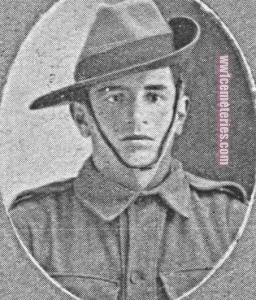
3010 Sergeant
Walter Boswood
49th Bn. Australian Infantry, A. I. F.
4th September 1916, aged 21.
Plot III. H. 18.
Son of Arthur and Eliza Jane Boswood, of 212, George St., Rockhampton, Queensland.
Walter Boswood
49th Bn. Australian Infantry, A. I. F.
4th September 1916, aged 21.
Plot III. H. 18.
Son of Arthur and Eliza Jane Boswood, of 212, George St., Rockhampton, Queensland.
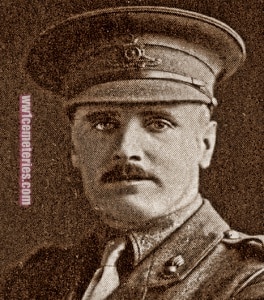
Captain
T. Campbell
19th Siege Bty. Royal Garrison Artillery
3rd August 1916
Plot VI. K. 1.
T. Campbell
19th Siege Bty. Royal Garrison Artillery
3rd August 1916
Plot VI. K. 1.
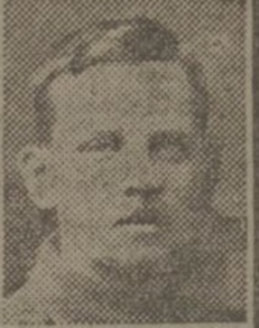
17694 Lance Serjeant
John. E. Machin
20th Bn. Manchester Regiment
7th July 1916.
Plot V. A. 14
John. E. Machin
20th Bn. Manchester Regiment
7th July 1916.
Plot V. A. 14

